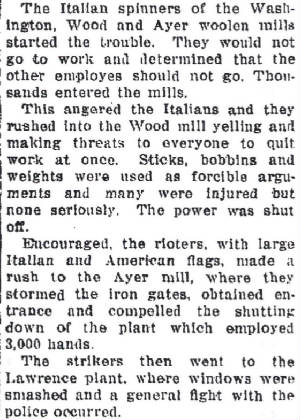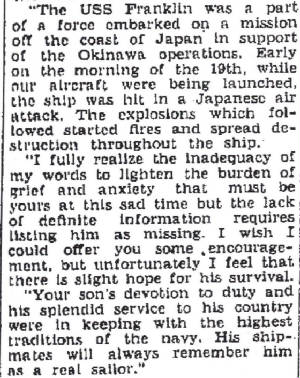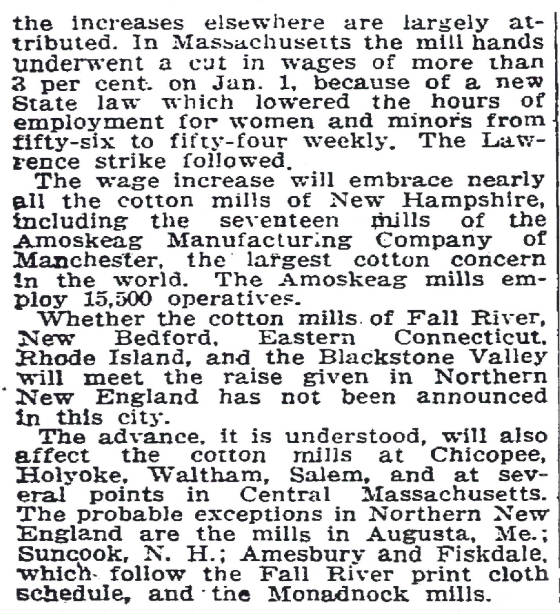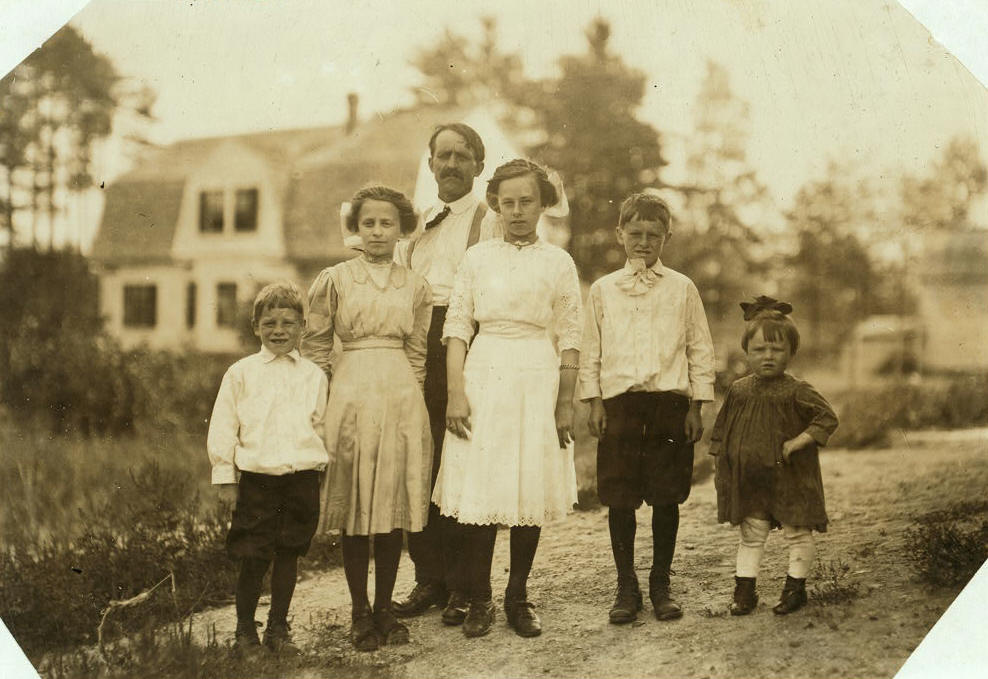
(L-R): Paul, Eva, Joseph (father), Rose (not Muriel as Hine claimed), Alfred, and Imelda. The house in the picture is across the street from the Tanguay house.
Lewis Hine caption: Part of the family of Eva Tanguay, 61 Sylvester St., doffer in spinning room of Ayer mill. A half hour car ride in a crowded, stuffy car to and from work. Leaves home at 6 A.M. and returns at 6:30 P.M. The doffing work is standing and riding–bad for an adolescent girl. Father is a carpenter. Oldest brother is 11 years old, her sister Muriel in middle of front row said she was 11 years old but I doubt it. Eva is on left end of front row. Said she was 14 but doubtful. Location: Lawrence, Massachusetts, September 1911.
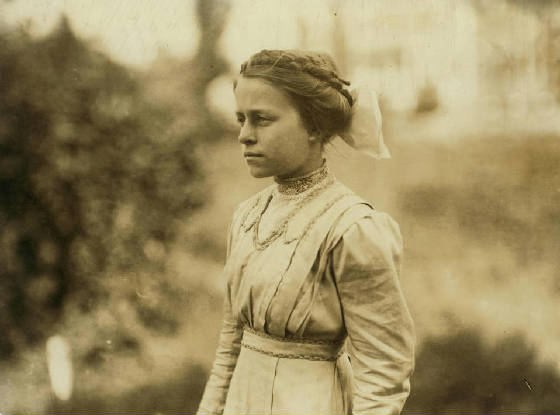
Lewis Hine caption: Eva Tanguay, Location: Lawrence, Massachusetts, September 1911.
“She was quite a stinker. She always had a cigarette in her mouth. She loved to gamble. She was just full of the devil.” -Kathleen O’Boyle, granddaughter of Eva Tanguay
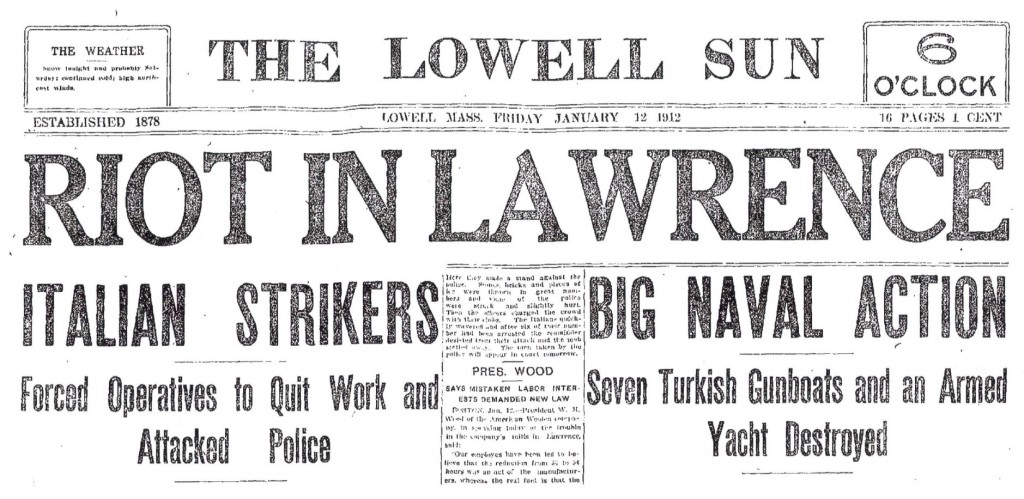
Four months after Eva Tanguay posed for Lewis Hine, a major strike broke out against the Lawrence cotton mills. It would have most assuredly turned her life upside down. She might have been working on the day the strike began, and was swept up in the chaos of the moment. But starting the following day, her family probably kept her safely away from the violence and the tumultuous events that played out day by day, until the strike ended two months later with a historic victory for the millworkers. Seventy years later, Eva passed away at the age of 85, having faced this and many other difficult and life-changing challenges with an audacious and independent spirit.
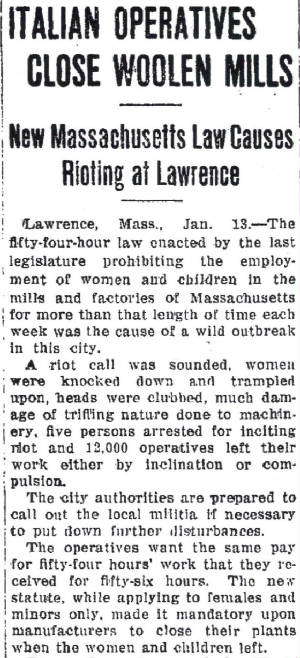
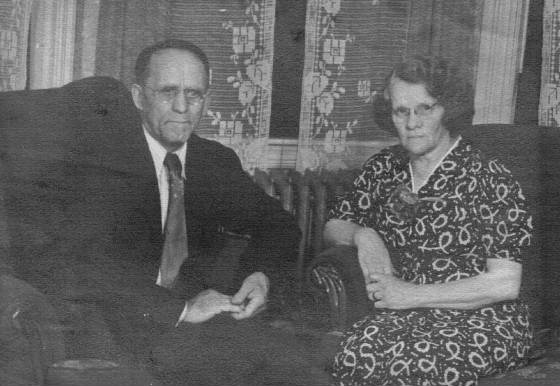
From the late 1800s to the early 1900s, waves of French Canadians traded the farms and fields of Quebec for the noisy, lint-filled brick cathedrals of the Industrial Revolution in New England. But Eva’s father, Joseph Tanguay, was a carpenter, a trade that would have afforded him a relatively comfortable standard of living in America. In 1894, at the age of 27, he married 19-year-old Roseanna LaRose, in Ste. Sophie d’Halifax. A year later, they moved to Manchester, New Hampshire, where their first child, Eva Auclid Tanguay, was born on October 10, 1896. They were to have at least 11 more children, two of whom died in 1903 and 1904, at ages three and four.
By 1900, they had moved to Lawrence, where they lived in a tenement at 64 South Broadway, near the Merrimac River and the great expanse of chugging, smoking textile mills that dominated the city. By 1910, Mr. Tanguay had built his own house at 61 Sylvester Street, more than two miles from the mills. Eva would turn 14 in October, making her a legal worker by Massachusetts law, though she may have started at a younger age. Fifteen months later…
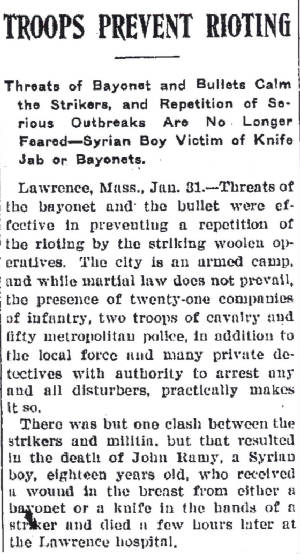
Eva Tanguay married Frederick Holdsworth in 1916. She was 19 and he was 30. According to the 1920 census, Frederick was a machinist for the Boston & Maine Railroad. They rented a house with their first two children at 322 South Broadway, in Lawrence. By 1930, they rented a house in Wakefield, 20 miles south of Lawrence. Frederick was a railroad inspector, and they had all four of their children: Frances, Ruth, Franklin (Frederick) and Leslie. In 1938, husband Frederick died. In the early 1940s, Eva married again, to Oliver Hoover. They lived in Portsmouth, New Hampshire, where Oliver worked in the Portsmouth Navy Yard. In 1942, four years after she lost her first husband, Eva’s son Leslie died while serving in World War II. In 1945, her other son Frederick also died while serving in WWII. Six months later, her second husband died, leaving her a widow for the second time.
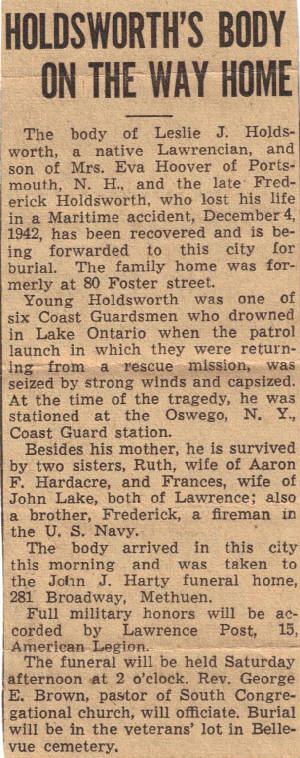
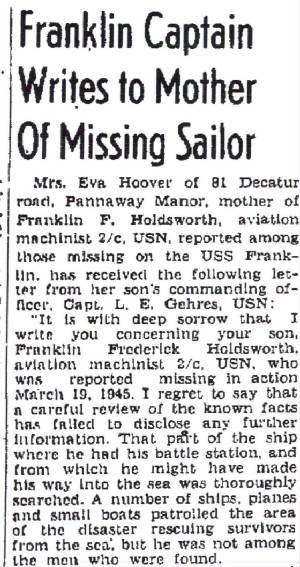
In 1947, Eva married again, in Portsmouth, to Robert Raymond Dibbert, who also worked at the Navy Yard. They moved to Berkeley, California the same year. Robert died in San Francisco in 1968. Eva lived another 14 years, passing away on March 10, 1982, in Santa Clara.
I interviewed Eva’s niece, Carol Frye, and Eva’s granddaughter, Kathleen O’Boyle. Neither had seen the Hine photographs.
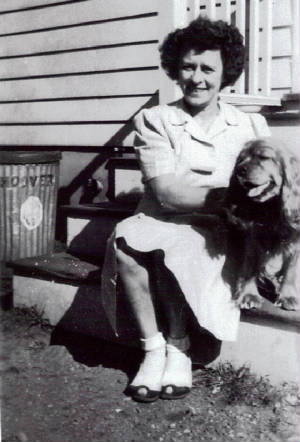
Excerpts from my interview with Carol Frye, niece of Eva Tanguay. Interview conducted on October 4, 2011.
“I was born in 1939. My mother was Eva’s sister Lena, who was born in 1916. Aunt Eva lived next door to us for a short time when I was a little child. She was a widow then. Her husband, Fred Holdsworth, had died about 1938. At some point, she moved out to California. She came back to visit around the time my son was born. That was in 1969, and that was the last time I saw her.”
“She was a spitfire, and a little ornery. She used to flit around a lot. She was here, there and everywhere. Because she was the oldest girl, she had to do all the chores, and she was the one who had to take care of all her brothers and sisters when she was growing up. Maybe that’s why she never seemed to like children. Some women adore kids, but she wasn’t like that.”
“Her father, Joseph Tanguay, was born in 1867, and he died in 1950. My grandmother was born in 1875, and she died in 1959. Her maiden name was Roseanna LaRose. They came down from Quebec and went to Manchester, New Hampshire first. Aunt Eva was born in Manchester, but she grew up in the house on 61 Sylvester Street. The house is still there. Her father built it.”
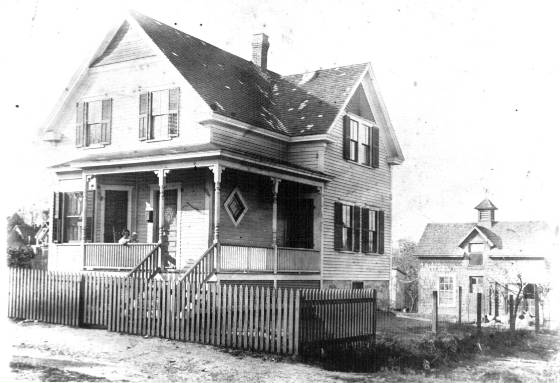
“My mother told me that he was a drinker, and he had a temper. But when I knew him, he was a lot older, and he had gotten mellow. I remember him working on the roof of the house in his eighties. He worked till he died. He was a finish carpenter. There was always a demand for his work, and the family never went hungry. During the Depression, his sons were married and had families, and when they couldn’t get any work, he took them in.”
“I was very surprised that Aunt Eva was working at the Lawrence mills when she was a girl. No one ever said anything about it. She died on March 10, 1982. I remember the date, because my father died on the same day, and so did my husband’s uncle.”
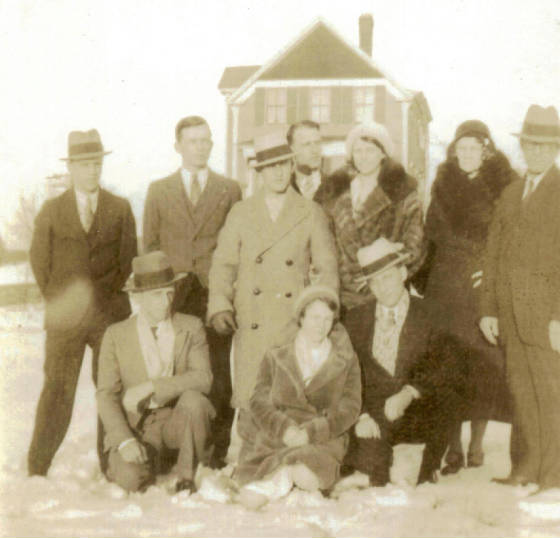
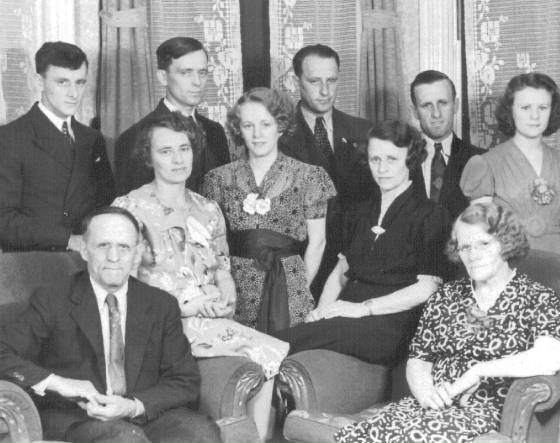
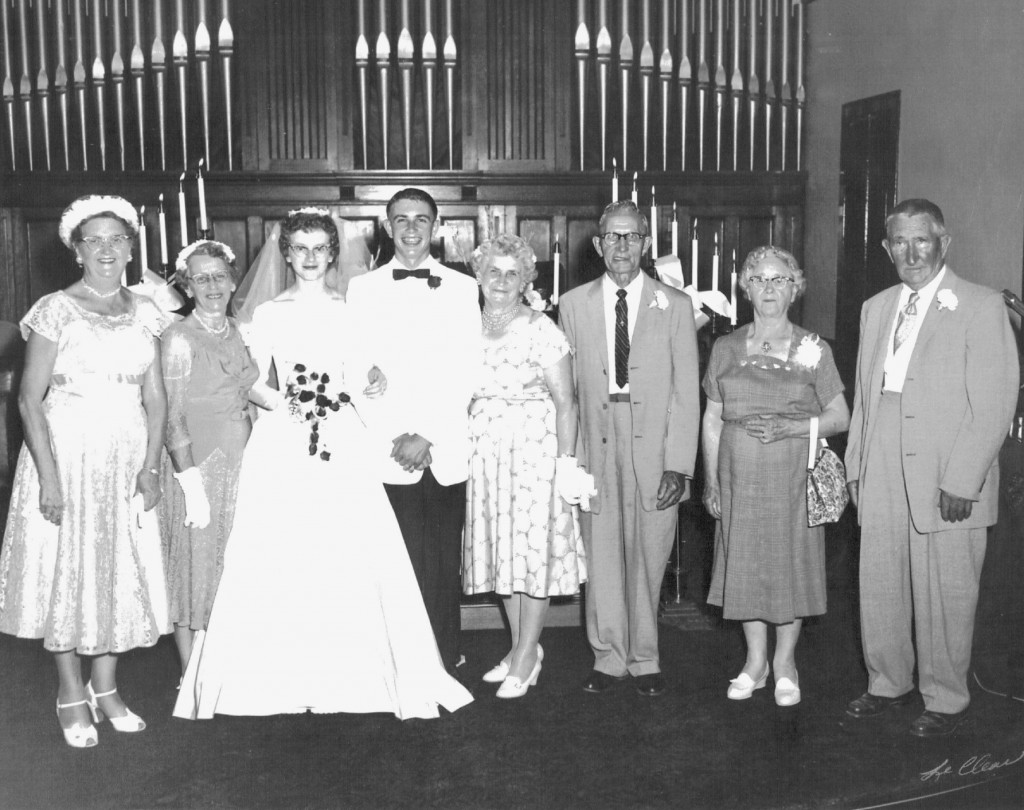
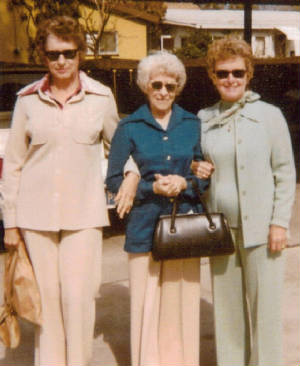
Excerpts from my interview with Kathleen O’Boyle, granddaughter of Eva Tanguay. Interview conducted on October 21, 2011.
“I was born in 1941. My mother was Eva’s daughter, Eva Ruth Holdsworth, but she went by Ruth. When I was young, we lived in Lawrence, at 209 Andover Street. But I have lived in Michigan for many years now.”
“The last time I saw Grandma was about 1980. She was quite a stinker. She always had a cigarette in her mouth. She loved to gamble. She was just full of the devil. We took our kids out to California in 1980. We visited my sister and her husband. Our son Todd was about 15 years old. We spent some time with Grandma. One day we went to the zoo. We walked past the chimpanzee cages, and one of them was shaking the cage like crazy. All of a sudden, he pooped in his hand and threw it at Grandma. And she said to Todd: ‘Damn it. Pick it up and throw it right back at him.’ Things would come out of her mouth that were hilarious.”
“She was a wonderful seamstress. I got married in 1960, and she came to Michigan to make my bridesmaid dresses. When she moved out to California, she worked in a bridal shop, and she sewed on all those tiny sequins and beads on wedding dresses.”
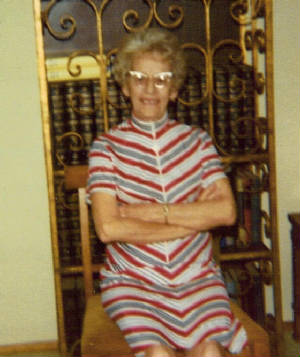
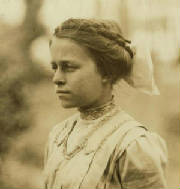
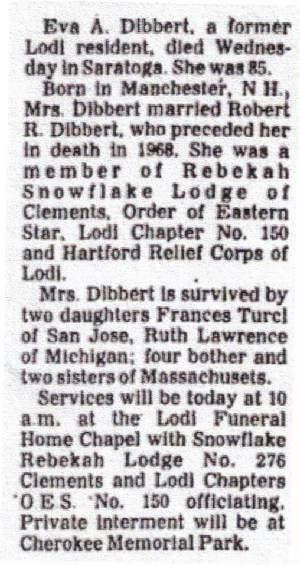
It is unlikely that Eva Tanguay remembered being photographed by Lewis Hine; but if she did, she probably attached no significance to it. But she would have remembered what came to be called the “Bread and Roses Strike,” whose centennial will be commemorated in Lawrence in 2012. Surely she would have heard or read at some point in her life about the strike and its historical importance. If she returned to work at the Ayer Mill after the strike ended, her wages would have increased, thanks to the courage of her co-workers, mostly women. Whatever role she played, however small, she made history; and thanks to Lewis Hine, we are now witness to that fact.
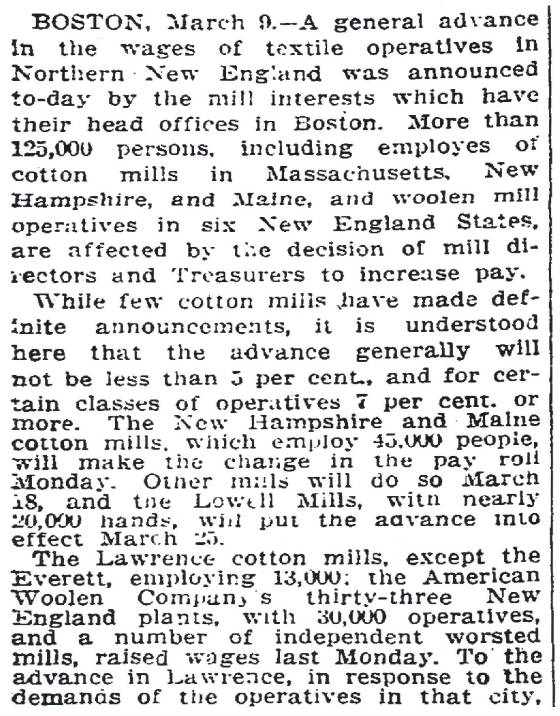
*Story published in 2011.
